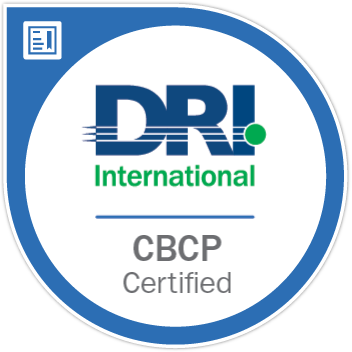
Conducting a business impact assessment (BIA) involves a series of steps to identify and evaluate potential risks to a business and the impact they could have on operations. Here are the general steps to conduct a BIA:
1. Define the scope and objectives of the BIA: Identify the scope of the BIA and determine what business processes, applications, and assets will be assessed.
2. Identify critical business functions and processes: Determine which business functions and processes are critical to the organization's operations, and prioritize them in order of importance.
3. Identify potential risks: Identify and assess the likelihood and potential impact of risks such as natural disasters, cyberattacks, equipment failures, or supply chain disruptions.
4. Determine the impact of disruptions: Evaluate the potential impact of disruptions to critical business functions and processes, such as financial losses, reputational damage, and regulatory noncompliance.
5. Identify recovery strategies: Develop recovery strategies for each critical business function or process to minimize the impact of potential disruptions.
6. Test the recovery strategies: Test the recovery strategies to ensure they are effective and can be implemented quickly in the event of a disruption.
7. Review and update the BIA: Review and update the BIA on a regular basis to ensure that it remains relevant and accurate.
By following these steps, organizations can identify potential risks, assess their impact, and develop effective recovery strategies to minimize the impact of disruptions on critical business functions and processes.

Comments